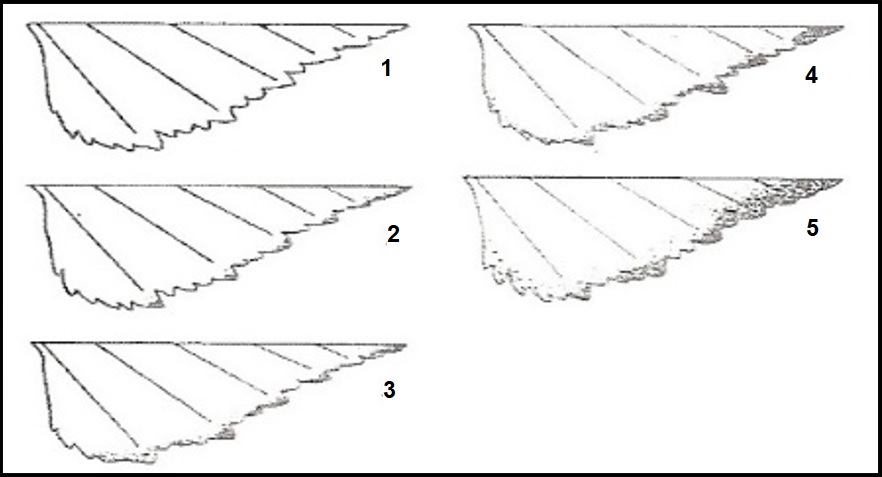Glade Park
Native woody plants:
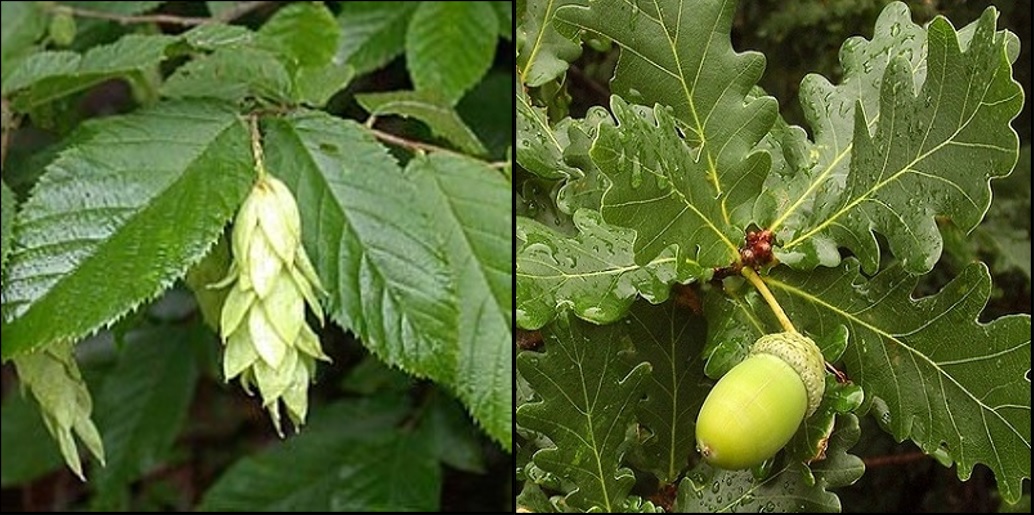
Most of the trees in the area are non-native, and the characteristic hornbeam-oak stand of the former scree forest has been significantly reduced by logging following the expansion of the town and the emergence of clay and limestone mining.
Invasive woody plants:
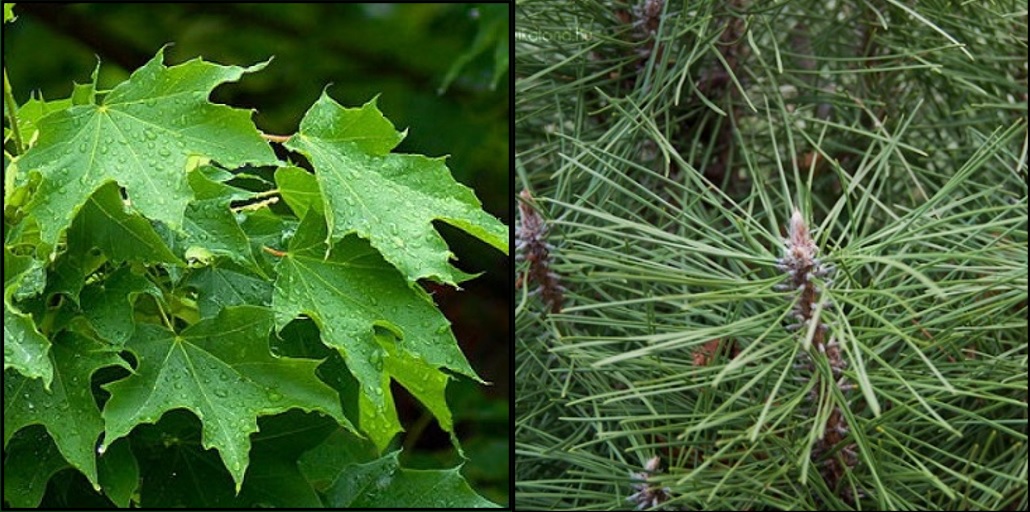
The establishment of the English Garden in the early 1900s has greatly increased the species richness, and now includes early and field maple, as well as flowering ash, chestnut, walnut, white acacia, black poplar and finally the idol tree. According to the soil characteristics of the area, drought-tolerant species predominate.
Native herbaceous plants:
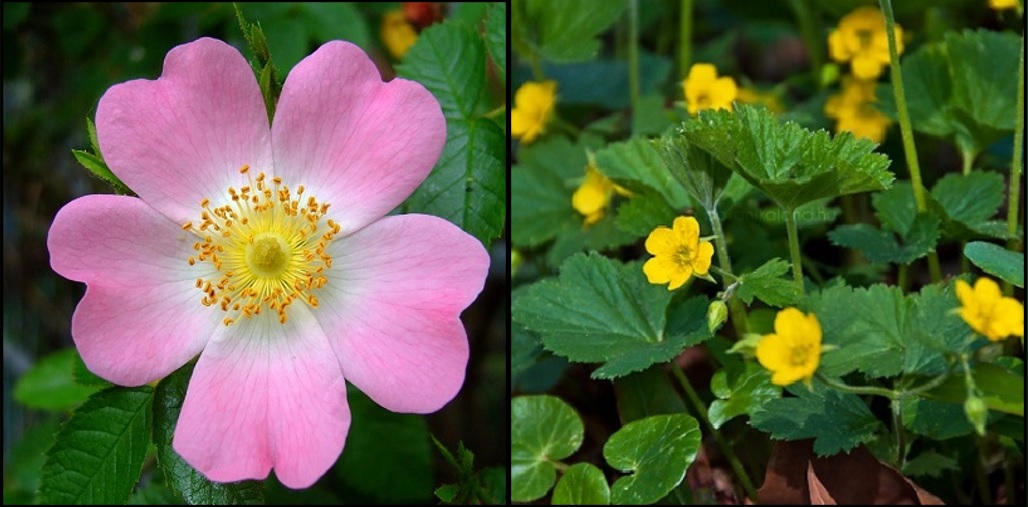
The sparse undergrowth in the forest environment favours few herbaceous species, most of which can be observed in the clearings here.
Invasive herbaceous plants:
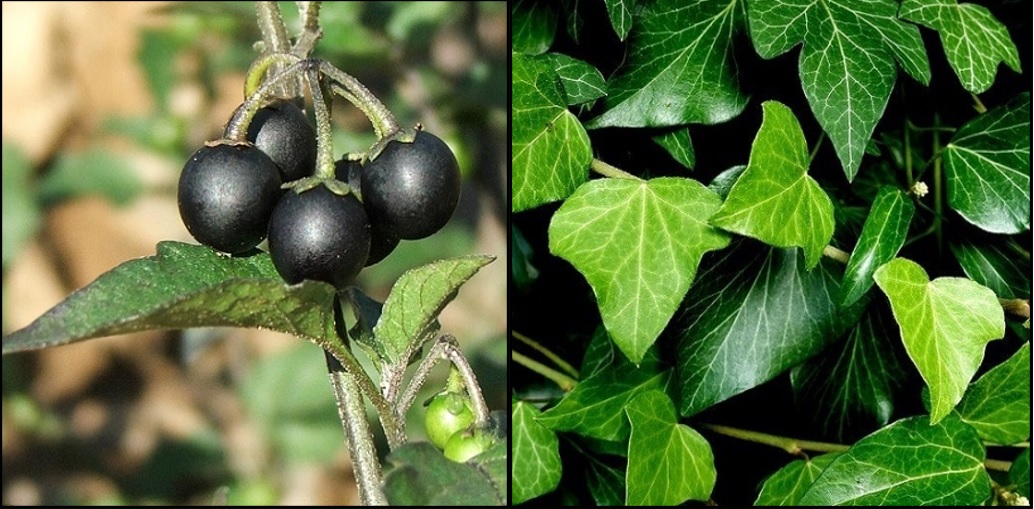
In a forest that has become increasingly dense over the last century, the species that have survived the most are those that are shade-tolerant. The most abundant species are ivy.
Bioindication process:
A simple task related to plants can be done in the trail area. In forested areas exposed to anthropogenic influences, the sulphur dioxide content of the air is the cause of so-called leaf necrosis. Observe (during the growing season, of course) which leaves of plants are turning brown. This is a sign of necrosis. The following schematic diagram will help you to recognise this:
